Here are some interesting facts about pencils (none of which I knew):
* More than 14 billion pencils are produced in the world every year - enough to circle the globe 62 times.
* One pencil will draw a line 70 miles long.
* Pencils don’t really contain lead. That gray matter is graphite and clay.
* Two billion pencils are made in the United States each year.
* The pencil was invented more than 400 years ago, in 1565.
* Famous novelists Ernest Hemingway and John Steinbeck used pencils to write their books.
* Pencils didn’t have erasers on them until 100 years ago because teachers felt they would encourage children to make mistakes.
* It would cost $50 in labor and materials for a person to make a 10-cent pencil.
* One million pencils are used annually on the floor of the New York Stock Exchange.
* The average pencil can be sharpened 17 times, write 45,000 words or draw a line 70 miles long.
* A good-size tree will make about 300,000 pencils.
* Francis Scott Key wrote “The Star Spangled Banner” in pencil.
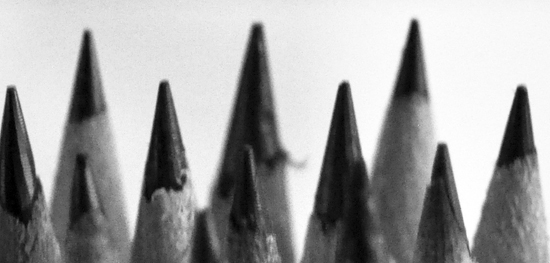
In America, the number on a pencil indicates the degree of hardness or softness of the writing core. The writing core is made from graphite and clay. The more graphite in a pencil – the darker the mark. The more clay in a pencil – the lighter the mark. Europe uses a different grading system. They use letters to refer to the hardness or softness of the writing core. The more graphite in a pencil – the softer the grade. The more clay in a pencil – the harder the grade. For example, H is hard, B is black, F is a fine point, and HB is hard and black.
1 / B - (extra soft / black)
2 / HB - (soft / hard black)
2.5 / F - (medium / fine)
3 / HF - (hard / fine)
4 / 2H - (extra hard)
.
Another interesting fact is with regards to Dalton Ghetti. You may not know the name but it’s quite possible you are familiar with his work:
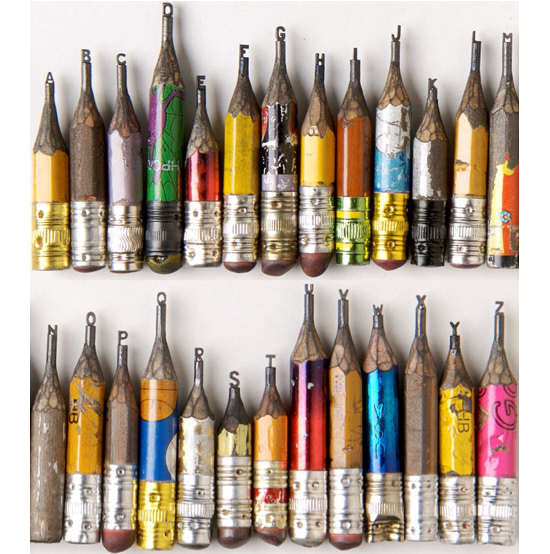
Dalton Ghetti sculpts items from the graphite within pencils … these are not assembled but rather carved using x-acto blades and sewing needles. Each of these sculptures can take several months to carve …
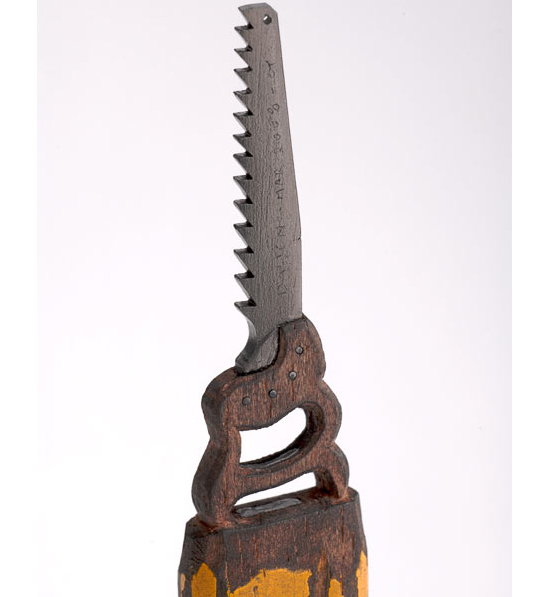
I was familiar with these carvings but not the sculptor who had created them. As it turns out, Dalton Ghetti was born and raised in Sao Paulo, Brazil, came to the U.S. in 1985 at the age of 24 and earned an Associate’s degree in Architecture from Norwalk Community Technical College in 1994.
These days he works as a carpenter and house remodeler.
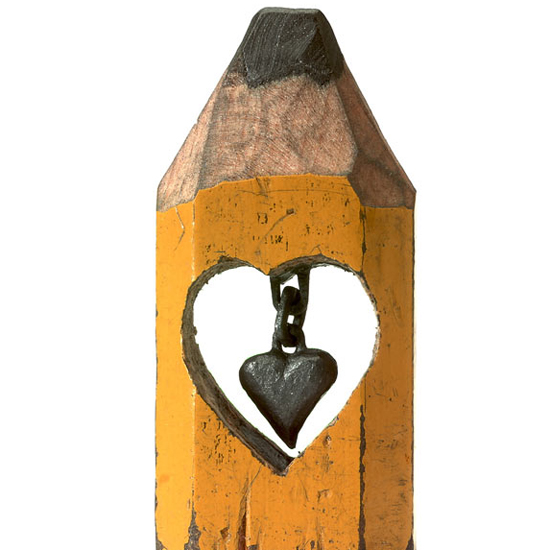
One last fact that I find remarkable about these carvings and the man who created them is that despite world-wide attention for his work, including several on going exhibits and shows … he doesn’t sell these carvings, choosing to give them away to his friends.
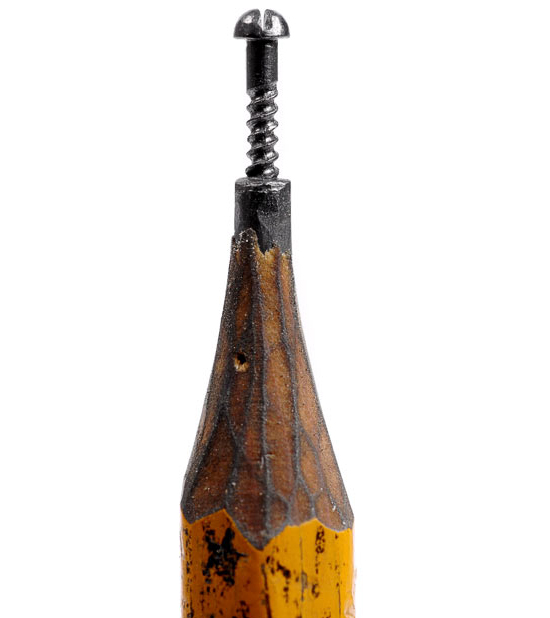
Pretty amazing what a pencil can do and how it can be reinterpreted. I don’t know about you but there is something inherently creative about using a pencil. Maybe it has something to do with the ability to continually draw over the markings a pencil leaves behind. Maybe it’s the level of control you have just by applying different degrees of pressure of pencil to paper. I’m not sure what it is but every time I end up with a pencil in my hand, I always think “it’s been too long…”
.
Cheers

Comments are closed for this blog post
© 2024 Created by Mike Lin.
Powered by
![]()